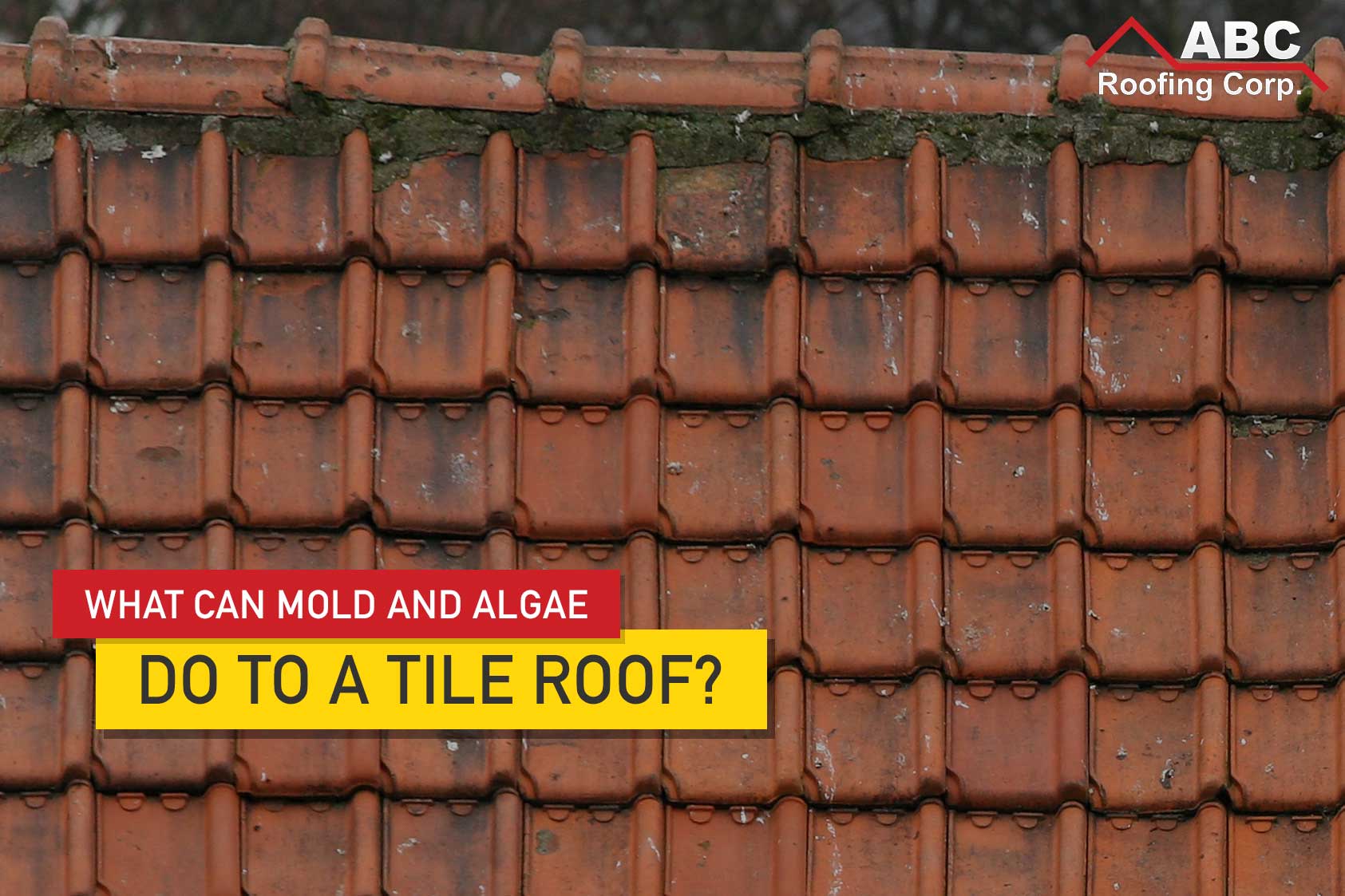
As a homeowner, the growth of algae and mold on your roof tiles is an issue that you have to pay attention to. Algae and fungi roof tile accumulation is very common in South Florida. The appearance of black streaks/stains and green-black hues on your roof is the common way to identify fungal growths. These fungal growths do not grow directly on the roof tiles, but grow in between the tiles and then start to spread to cover various surfaces of the roof.
It is the build-up of dust, dirt and other materials coupled with exposure to moisture and sunlight that allow the spores of algae and mold to sprout and grow. The severity of the outgrowths of these species is also caused by the periodic exposure of roof tiles to damp cool weather conditions.
Effects Of Algae And Mold Growths On Your Roof
Almost all roof tile types are susceptible to fungal growths, with cement tiles being easily affected. Asphalt shingles also happen to be one of the most common roofs used in South Florida. Gloeocapsa magma is the algae that is found on most roofs that have fungal growths – and it is this bacterium that is characterized by the black streaks on roofs. Its presence also draws other life forms that can potentially cause more damage.
Algae and mold retain moisture which can lead to roof leaks– by creating gaps/holes in your roof which, over time, can cause your roof to rot. Even though algae is not necessarily a health hazard, its accumulation can lead to the degradation of the structural integrity of your roof. And unlike algae and moss, mold is not as common but it poses a danger to your health, and this is especially true when there are gaps in your roof which allow for mold infestation inside your home. Where there is algae and mold, it is most likely that Lichen, among other organisms, is present. Which over time can cause separation of roof materials and eventually roof leaks.
Roof tiles are designed to last for a long period of time, with regular maintenance of course. But if you allow these fungal outgrowths to fester, they can reduce the longevity of your roof quite drastically, cause discoloration, water marks, paint peels and other structural issues. There are also aesthetic side effects to these growths as they give off an unattractive appearance and sometimes an unpleasant smell.
How To Deal With Fungal Outgrowths
When you see signs of algae and other fungal growths such as black/green clusters and streaks on your roof it’s time to get it cleaned and have a quality roofer inspect, diagnose, and repair any damage that the algae may have caused. Removing fungal outgrowths is not as easy as cleaning dirt off your roof, it is more complex and involved. Which is why it is advised to hire a professional roof cleaning company to complete the removal of these growths.
Once your roof has been cleaned and the mold and algae has been removed, a roof maintenance package is always a good idea to prevent future growths. Maintenance can include trimming away trees that are near or touching your roof, improving ventilation of your roof, as well as keeping gutters clean so the drainage of your roof is as effective as possible.
Doing this type of job yourself is highly discouraged as walking around on your roof is dangerous and you may cause more damage to your roof. If you have questions on any roof issued or if you are looking for a licensed and insured South Florida roofing company do not hesitate to contact us on 954-344-4622. We have been servicing South Florida for over 30 years.
